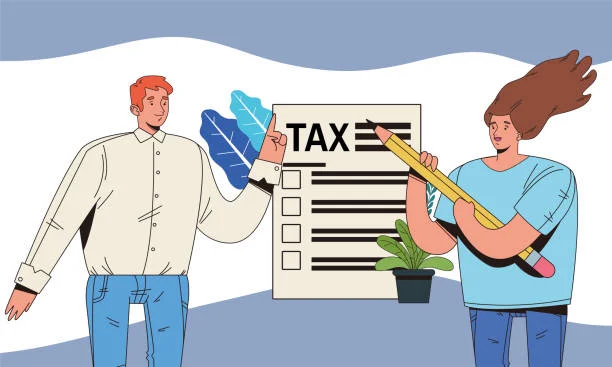Tax benefits of retirement planning are often detail-oriented, so plan carefully. Many people skip the steps on how retirement custodians work, wondering where to start. Knowing how custodians work behind the scenes will help you make a more informed decision on how to plan for your financial future. Custodians provide a specific kind of expertise, guiding individuals to make the most out of tax savings. This piece outlines how these professionals help clients capitalize on tax benefits in retirement planning.
Understanding the Role of Retirement Custodians
An individual retirement custodian holds and administers assets in a retirement account. They protect investments and ensure regulatory compliance. Custodians, such as Mainstar IRA Custodian, deal with the paperwork and record transactions, ensuring all accounts are maintained and keeping a record of the balances. This is where their expertise shines when it comes to clients seeking guidance on their contributions and distributions from the accounts. Their help enables savers to avoid more expensive mistakes that can result in tax penalties or missed tax benefits.
Facilitating Tax-Advantaged Contributions
Custodians help out in part by clarifying the rules regarding tax-advantaged contributions. Contribution rules vary depending on the retirement account types, but deposit guidelines vary for each. Annual limits are also useful for avoiding excess contributions. This helps individuals avoid unnecessary taxes, fines, and other expenses. They encourage people to maximize tax breaks every year.
Unlock more insights—this related post complements your current reading perfectly.
Guidance on Tax-Deferred Growth
Retirement accounts often allow investments to grow without immediate taxation. Custodians track these balances, ensuring that growth remains within regulatory boundaries. They can answer questions about which investments are eligible for tax deferral. This clarity gives account holders confidence to choose options that suit their retirement goals. Over time, tax-deferred growth can lead to larger balances due to compounding.
Assistance With Required Minimum Distributions
An account holder’s age determines when they can begin removing money from tax-deferred accounts. These withdrawals, known as required minimum distributions, have specific rules associated with them. When distributions become necessary, custodians alert their clients. They compute the appropriate amounts using the account balances and rules. These steps allow custodians to prevent investors from being penalized for not making necessary withdrawals.
Support With Tax-Free Withdrawals
Some retirement accounts offer tax-free withdrawals under certain conditions. Custodians explain the requirements for such distributions. They verify that clients meet the age and usage requirements before processing tax-free withdrawals. Their knowledge helps prevent costly mistakes that could trigger unexpected tax bills. With accurate records, custodians ensure that withdrawals comply with federal guidelines.
Tax Tracking and Reporting
During your retirement planning, record-keeping is essential. Custodians issue account statements and tax forms to clients. These documents make it easier to file once a year. It also considers contributions, rollovers, and distributions in a single year. Such orderly reporting makes it easy for clients and their tax advisors to prepare the tax returns and claim each tax advantage for which they are eligible.
Advice on Rollovers and Transfers
Transferring funds from one retirement account to another maintains some tax benefits. Custodians explain rollovers, both direct and indirect. They highlight the potential tax ramifications associated with each. Custodians help manage and minimize taxable events. They help preserve tax deferral or exemption for savers.
Staying Compliant With Changing Regulations
Retirement account tax rules are not set in stone. Custodians are aware of new laws and update their processes accordingly. They notify customers about changes that could impact their accounts. This responsible outreach enables investors to respond promptly and minimize unintended tax consequences. Keeping up-to-date on current rules is critical so people can safeguard their savings while still qualifying for favorable tax treatment.
Helping With Beneficiary Designations
The tax implications for heirs also depend on how you choose the beneficiary. Custodians assist customers in filling out beneficiary forms and explaining the effects of each decision. Account holders are encouraged to review their designations periodically, particularly after significant life events. This is achieved through careful planning that ensures assets transfer smoothly to loved ones while minimizing tax burden.
Final Thoughts
Retirement custodians serve a vital purpose by enabling individuals to maximize their tax benefits. They have knowledge of contributions, distributions, record-keeping, and regulatory compliance. Using a trusted custodian can provide you with peace of mind regarding the protection of your savings. With the right guidance, individuals can make informed decisions that lead to a more comfortable retirement.
Explore more content designed to fuel curiosity at 2A Magazine and keep your mind engaged.







